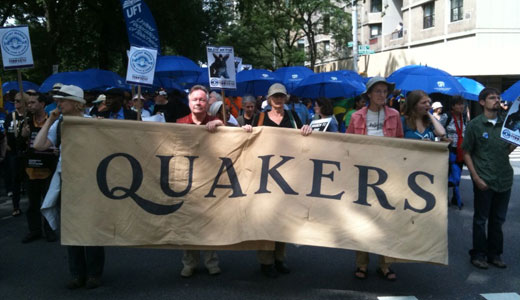
NEW YORK – Tens of thousands poured into the streets of Harlem June 17 in a silent march that started at 110th Street and Fifth Avenue and ended at 77th Street, just blocks from Mayor Bloomberg’s home.
Some 300 organizations joined together in a show of solidarity against Mayor Michael Bloomberg and police chief Ray Kelley over the New York Police Department’s “stop and frisk” policy.
Under the policy, opponents say, thousands of young men are stopped daily in their segregated neighborhoods simply because of the color of their skin. The statistics are damning: in New York City there are over 2,000 recorded stop-and-frisks daily, and 85 percent of those stopped are young men of color. Less then 1 percent of the searches are justified by a finding of any weapon or drugs.
“It just kind of takes away your manhood when they do certain things, touch certain places,” said one march participant. “We’re all trying to have a safe city. And we don’t want the violence but at the end of the day stop-and-frisk targets certain people and that’s what needs to change.”
“I felt harassed,” said a young man, summing up the feelings others at the march. “I was just minding my business. I just got dropped off from a basketball game, I just walked one block and the cops just told me to stop for no reason and then they locked me up.”
There were hundreds of organizations: union representation was huge, especially from the service employees, transit workers and teachers; religious organizations; African American churches; Quakers; the Catholic Worker; and many grassroots groups. Though they each have unique agendas, the day was marked by unity that shone bright as the silent masses of New Yorkers filled the streets.
The New York City Council, along with the NY Civil Liberties Union, has taken the lead in trying to change the racial profiling policy. As reported in The Chief-Leader, a local civil service paper, the NYCLU has introduced a smartphone app, Stop and Frisk Watch, that allows witnesses to film a stop-and-frisk encounter and send it to the NYCLU, broadcast the location to others in the community and report details of the stop.
“Knowledge is power, and knowledge and a video camera is more knowledge,” said City Council member Letitia James. James along with Council colleagues Jumaane Williams and Melissa Mark-Viverito have been pushing hard against the policy.
Much of the information and statistics on these particular stop-and-frisk arrests have been garnered from the research done over years by Harry Gene Levine, Professor of Sociology, Queens College, who said, “In 2008, blacks were about 26 percent of [the city’s] population, but over 54 percent of the people arrested for pot possession. Latinos were about 27 percent of New Yorkers, but 33 percent of the pot arrestees. Whites were over 35 percent of the city’s population, but less than 10 percent of the people arrested for possessing. In 2008, police arrested Latinos for pot possession at four times the rate of whites, and blacks at seven times the rate of whites.”
New York Governor Andrew Cuomo, a Democrat, recently suggested that arrests for possession of small amounts marijuana should be revisited. Cuomo said, “This bill to reduce the criminal misdemeanor to a violation with a fine up to $100 would save thousands of New Yorkers, disproportionately black and Hispanic youths, from unnecessary arrests and criminal charges.”
At the head of the march were NAACP President Ben Jealous and the Rev. Al Sharpton. They were joined by the families of Trayvon Martin and Ramarley Graham, both young men killed under questionable laws, as they walked along Fifth Avenue to Mayor Michael Bloomberg’s residence.
Photo: Gabe Falsetta/PW


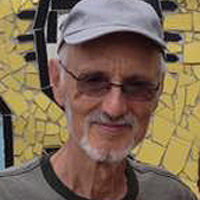
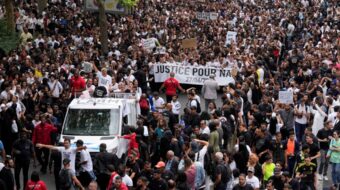
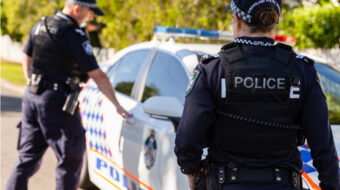
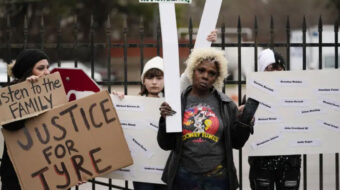






Comments